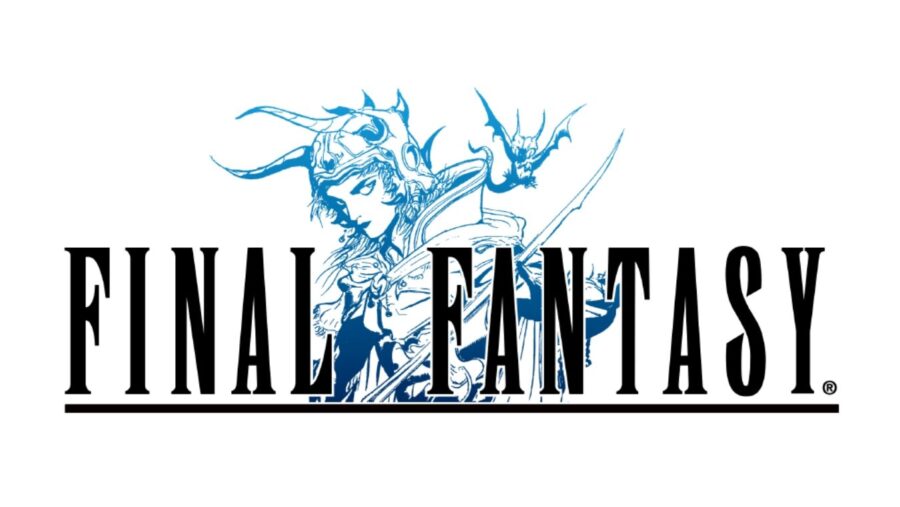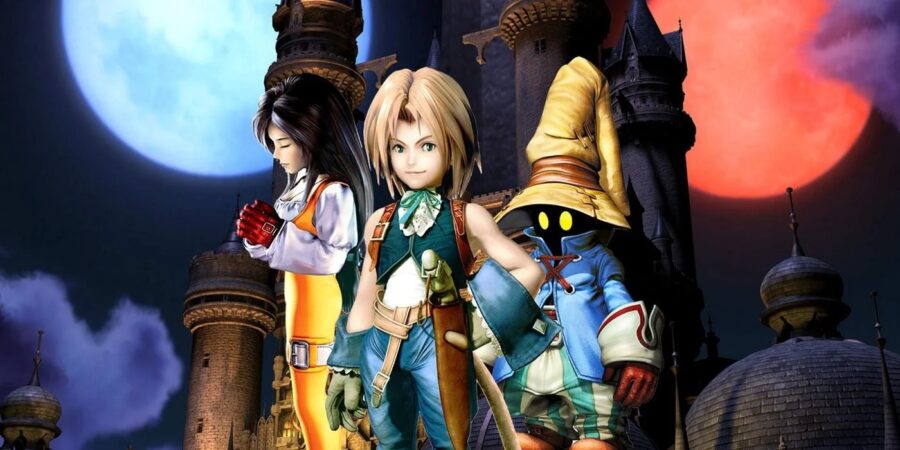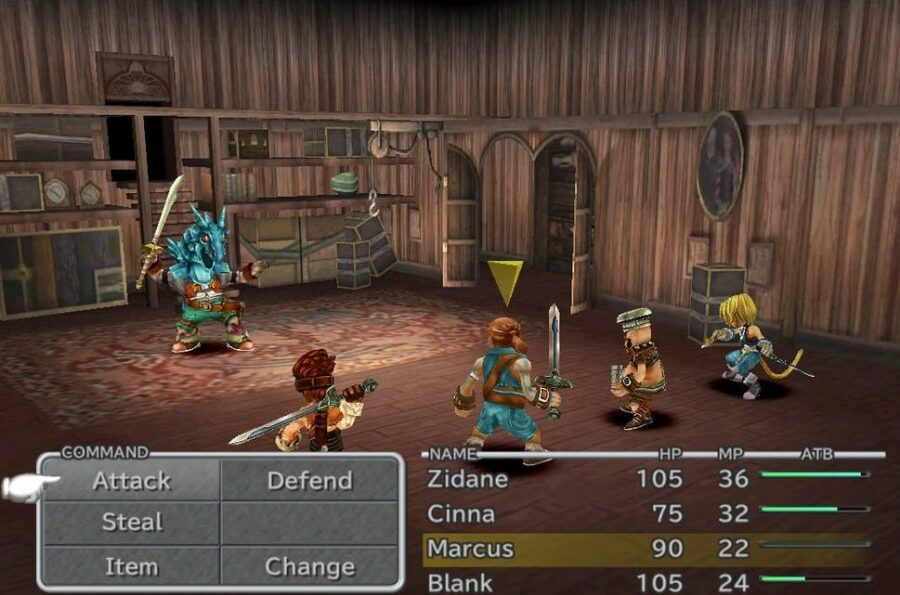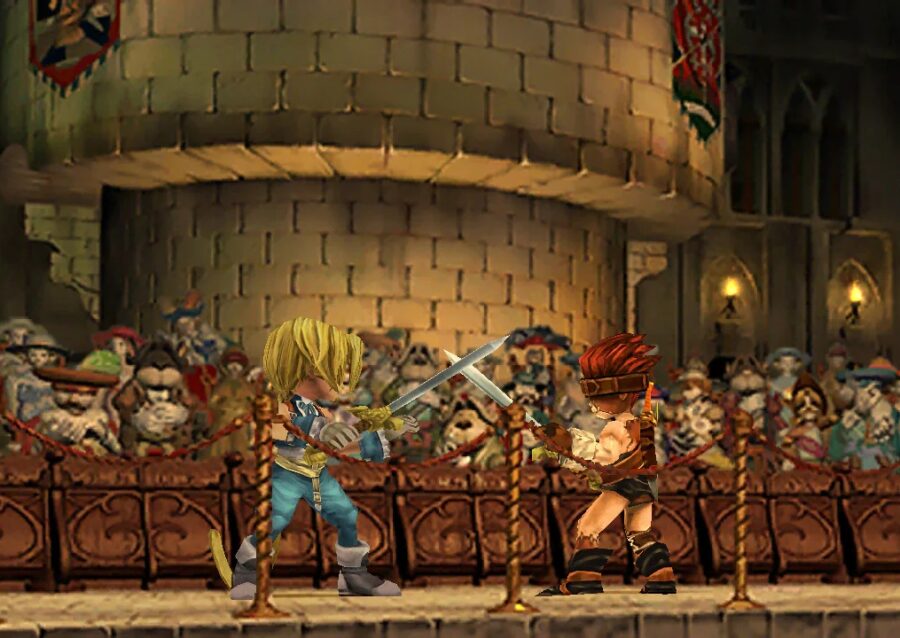The Best Final Fantasy Game Was Overlooked When It Was Released
This article is more than 2 years old

More than two decades have passed since Final Fantasy IX was released for the original PlayStation console, and the game is still regarded as the best entry in the entire franchise. That’s no easy feat, by all means, considering the sheer number of installments within the franchise, the technological advancements within the gaming industry, and the fact that each and every installment in the franchise is radically different from its predecessor. So, what exactly makes Final Fantasy IX stand out among other releases in the franchise?
Well, let’s start off by saying that the fandom isn’t exactly a unified front when it comes to their favorite franchise, thanks to the radical changes Square Enix introduced into subsequent releases. Final Fantasy VII was about preventing an environmental catastrophe; its sequel is a love story; FFXI was an MMO experience, while FFXII tried its hand at Star Wars-like aesthetic. Not to mention that FFXIV is yet another MMO experience, which was pulled from sales for being too popular. But Final Fantasy IX was the only one that managed to unite the franchise’s fandom under a single banner.

Admittedly, the game doesn’t hold much interest to a casual gamer, but playing Final Fantasy IX is a must for those willing to invest the time and emotions into the franchise. In truth, it’s probably the most definitive Final Fantasy experience ever, being favored by both the die-hard fandom and Hironobu Sakaguchi, the series creator. But why? Well, because it managed to take all the things that made its predecessors and contemporaries great and blend them into a single interactive narrative.
Right off the bat, we’re introduced with the game that largely contrasts its predecessors’ style, with its airships, walled kingdoms, armored guards, against FFVII and FFVIII‘s cyberpunk neon-filled setting. Unlike most gaming franchises, which push things further on aesthetics and gameplay complexity, Final Fantasy IX actually celebrated its aesthetic roots by mixing old-school art seen in the 8-bit games of the ’80s with the graphical capabilities of the PlayStation console. It’s also worth noting that the game had the most stable graphics and consistent aesthetic on the PlayStation console, which many of its predecessors and contemporaries lacked.

Final Fantasy IX‘s gameplay system was an entirely different beast altogether. Unlike numerous games within the Final Fantasy franchise and other games of the RPG genre, Final Fantasy IX had some non-standard gaming mechanics that actually performed beautifully. The equipment system was one of those mechanics; instead of having their old equipment become obsolete as soon as you gained a new one, players were encouraged to diversify their equipment and use different pieces for different scenarios. This made the gaming experience much more intricate and immersive since players had to pay attention to little details instead of simply chasing stats offered by their gear.
The game centered on four characters, introduced during a stage performance at the beginning of the game. Zidane, a monkey-tailed thief, is looking to kidnap the princess; Vivi, a young black mage, just wants to enjoy some entertaining theatre; Steiner, a royal knight, looks to foil Zidane’s plot; and last but not least, Princess Garnet, who actually want to be kidnapped. Of course, this simple plot evolves into one of the colossal proportions, a beautifully envisioned and refined amalgamation of typical JRPG narratives, which only get more complicated as it unfolds and is enhanced by the character development of its protagonists.
Naturally, the four characters band together under a common goal, which allowed four-member party combat. Each character had their own set of skills based on the numerous variables within their respective classes. The in-game world was expansive, truly marvelous, and beautifully functional, considering its size and PlayStation’s processing capabilities. However, the entire game had certain drawbacks. The fandom of the time didn’t appreciate the old-school art style, viewing it as a massive downgrade from the anime-inspired art the series is known for. And that’s despite its impeccable graphical performance.

The second point of contention was the fact that the game was released only one year before the release of Final Fantasy X — a next-gen experience released on the world’s best-selling console of all time, the PlayStation 2. Gamers were didn’t want to spend their money on the unappealing Final Fantasy IX when they could wait a year and get their hands on the all-new Final Fantasy X and all the numerous features the new game had to offer. This sidelined Final Fantasy IX for a while, and it took some time for the gaming community to recognize the game’s true value.
Why is it the Best?
For one, it was released on the original PlayStation, the very same console that brought the entire series to the mainstream gaming scene. Secondly, it was Squaresoft’s swansong release, and lastly, it managed to unite the entire Final Fantasy fandom, which is no small feat. It was the celebration of the entire Final Fantasy franchise, encapsulating the entire series’s experience in a single game while simultaneously offering a fresh new narrative and retaining the sense of originality.












